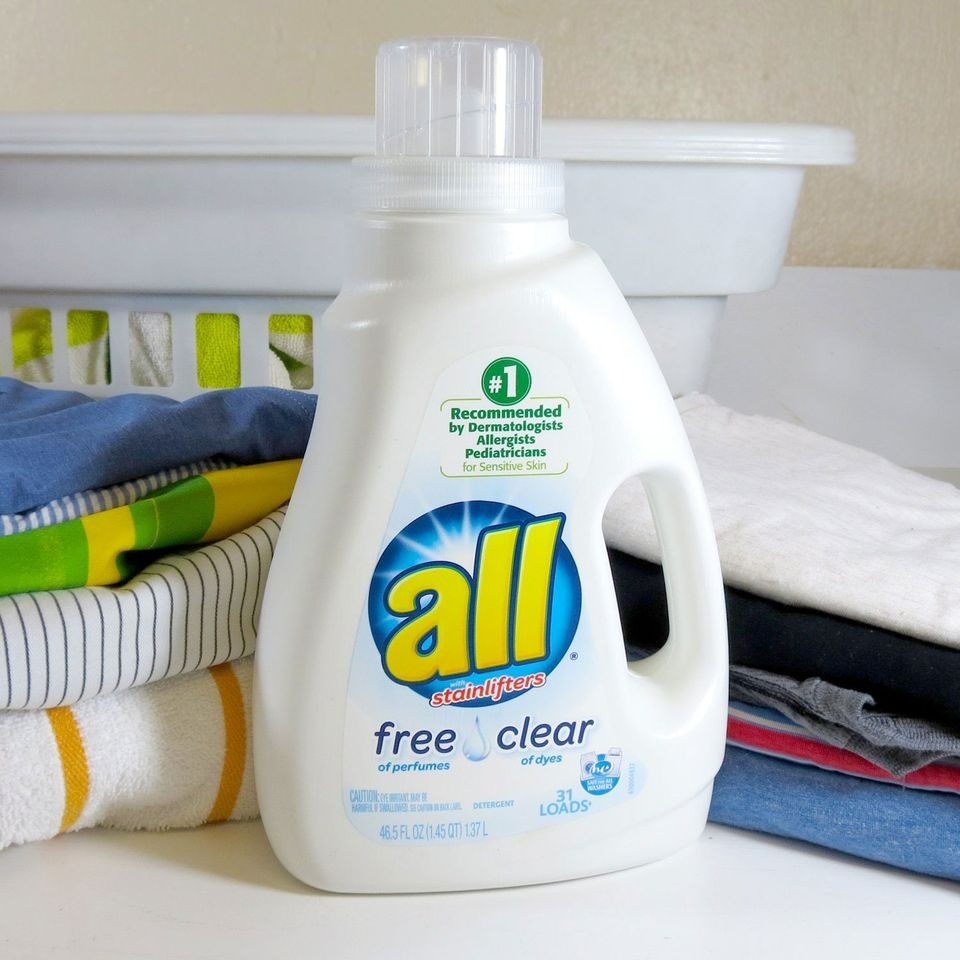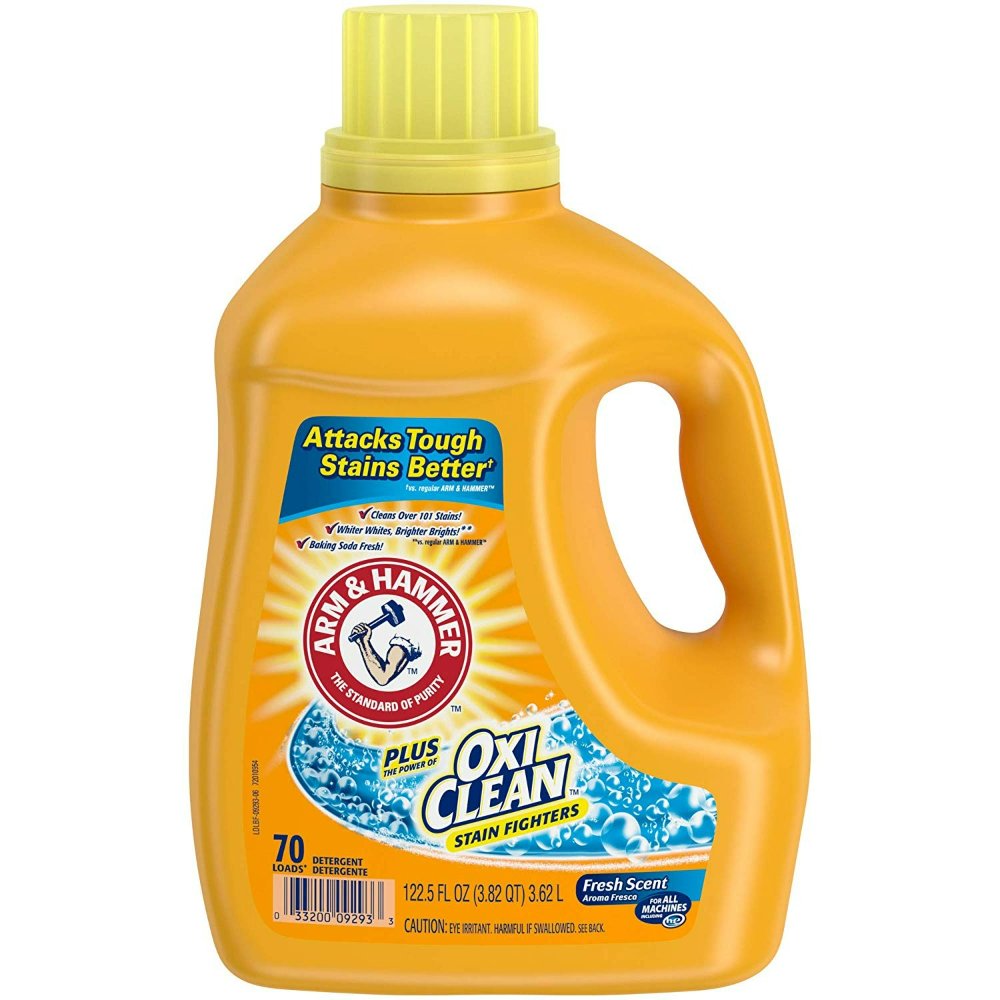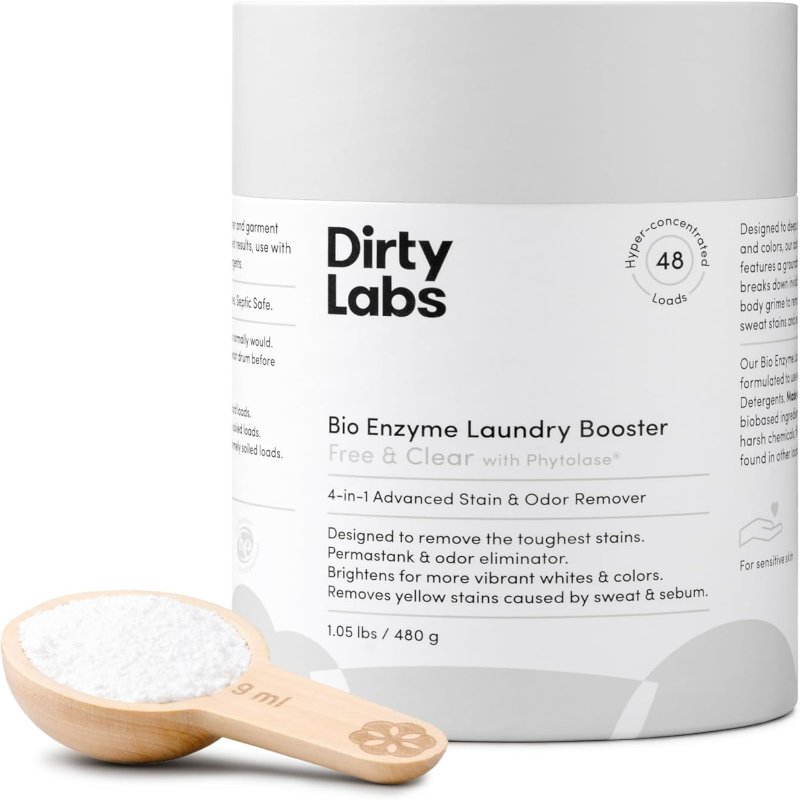In today’s consumer-driven world, safety concerns about everyday products have taken center stage. One such concern revolves around laundry detergents. As consumers prioritize health and well-being, many people ask, “Does laundry detergent cause cancer?” This question comes from growing awareness of the ingredients in the products we use daily. This blog will dive deep into this pressing issue, exploring the components of laundry detergents, scientific research, and alternative options that prioritize safety without sacrificing effectiveness.
Understanding Laundry Detergent Ingredients
To appreciate the potential risks associated with laundry detergents, one must first understand what goes into these seemingly innocuous products. Traditional laundry detergents contain a mix of surfactants, enzymes, fragrance, and various preservatives that help facilitate the washing process and maintain freshness. Surfactants lower the surface tension of water, enabling it to penetrate fabrics and lift away dirt and stains effectively. Enzymes act as biological catalysts that break down stains caused by protein, carbohydrate, and fat sources, such as blood, food, and oil.
While these ingredients make laundry detergents effective, some raise eyebrows among consumers and scientists alike. For instance, phosphates and bleach have faced scrutiny due to their environmental impact and potential health risks. Recent studies indicate that certain surfactants and fragrances might contribute to skin irritation, allergies, and even respiratory problems. It should prompt consumers to critically evaluate their laundry detergent choices and become informed about what comes into contact with their garments and, consequently, their skin.
Moreover, several laundry detergent brands incorporate anarray of chemicals that may raise the risk of long-term health issues, including carcinogenic properties. For instance, some additives known as quaternary ammonium compounds (quats) are used for their antimicrobial properties but have been linked to adverse health effects. By recognizing and understanding these ingredients, individuals can make informed decisions about which products to use in their homes.

The Science Behind Potential Links to Cancer
When exploring the question of whether laundry detergents cause cancer, it is crucial to consider the existing body of scientific research. A variety of studies have investigated the association between laundry detergent usage and cancer risk. However, the results have been far from conclusive. Some research highlights a potential connection between long-term exposure to specific chemicals found in laundry products and increased cancer risk.
For example, the International Agency for Research on Cancer (IARC) has classified certain substances, such as 1,4-dioxane, a byproduct found in some detergents, as possibly carcinogenic to humans. This highlights a genuine cause for concern regarding prolonged exposure to specific components in laundry detergents. Still, it is essential to recognize that the doses and exposure levels in everyday usage often differ from those used in lab settings.
Additionally, a study published in the journal “Environmental Health Perspectives” found that household cleaners, including laundry detergents, may affect human health due to their volatile organic compounds (VOCs). VOCs can evaporate and contribute to poor indoor air quality, potentially leading to respiratory issues and long-term health impacts. Elevated exposure to certain chemicals in high concentrations raises valid concerns. However, moderately using laundry detergent and following the manufacturer’s recommended safety guidelines significantly reduces risk factors.
Consumer Experiences and Testimonies
Real-life consumer experiences often provide invaluable insight into the impact of laundry detergents on health. Individuals who have switched to natural, chemical-free detergents consistently report fewer skin irritations and allergic reactions, suggesting that some conventional detergents may contain sensitizing agents.
Numerous online forums and product reviews reflect consumer frustration with harsh detergents leading to skin rashes and other sensitivities. Families with young children or individuals with skin conditions find themselves particularly concerned about how laundry products might impact their health. Their experiences often highlight a desire for transparency in ingredient disclosures, as many consumers feel overwhelmed by feeling bombarded with marketing claims without easily accessible information about product formulations.
Some users note that switching to plant-based or unscented laundry detergents significantly reduced allergic responses, supporting the notion that traditional products may contain ingredients that aggravate certain individuals. Additionally, consumers captivated by fragrance-driven marketing often overlook possible allergens hidden behind the appealing scents they adore. The testimonials underscore the importance of listening to consumer experiences in shaping product safety discussions and emphasize the need for greater education on laundry detergent formulations.

Regulatory Oversight and Safety Standards
When evaluating whether laundry detergents cause cancer, it’s essential to consider regulatory oversight and safety standards. Various government agencies establish guidelines for chemical safety, including the Environmental Protection Agency (EPA) and the Consumer Product Safety Commission (CPSC). These organizations assess the safety and toxicity of household products, including laundry detergents.
The EPA oversees the registration of pesticides, which can sometimes be a component of laundry products, while the CPSC manages product safety regulations for consumer goods. However, limitations exist in the regulatory framework governing cleaning products and detergents. Although individual chemicals undergo scrutiny, many laundry detergents contain a mixture of ingredients, making comprehensive assessments challenging.
Furthermore, manufacturers are not always required to disclose all the ingredients in their products. Fragrance formulations often fall under trade secret protections, leaving consumers in the dark about what chemicals they expose themselves to when using scented laundry detergents. The lack of transparency perpetuates confusion and uncertainty, heightening concerns about potential health risks, including whether they contribute to cancer risk over time.
Efforts to strengthen consumer rights have emerged in response to these regulatory gaps, emphasizing the need for clearer labeling and ingredient disclosures. Advocacy groups and individuals are pushing for legislation that mandates greater transparency in cleaning products and improved safety measures for consumers. Being informed consumers and supporting initiatives that prioritize safety can lead to improved industry standards and practices.
How to Choose Safer Laundry Detergents
Given the lingering questions about whether laundry detergents cause cancer, consumers can take proactive steps to make better choices regarding detergent use. Here are several strategies for selecting safer laundry detergents:
1. Prioritize Ingredient Transparency
Choosing products with clear, honest ingredient listed can significantly reduce the confusion surrounding safety risks. Look for brands that disclose all their ingredients, avoiding those that use vague terms like “fragrance” or “natural ingredients.” Make informed decisions by researching companies that prioritize safety and transparency in their formulations.
2. Seek Out Eco-Friendly Alternatives
Eco-friendly laundry detergents often utilize plant-based ingredients and avoid harmful chemicals such as phosphates, parabens, and synthetic fragrances. Many sustainable brands base their marketing on being less harmful to both human health and the environment. While these products often cost more than conventional brands, the long-term benefits to your health and surroundings can outweigh the initial expense.
3. Check for Certifications
Look for laundry detergents that have certifications from reputable organizations, such as the Environmental Working Group (EWG) or USDA Organic certifications. These certifications provide reassurance that the product meets specific safety and environmental criteria, helping you make more informed purchasing decisions.

4. Consider DIY Laundry Solutions
If you’re particularly concerned about commercial detergent safety, consider making your own laundry detergent using natural ingredients like washing soda, borax, and soap flakes. Not only do DIY solutions allow for greater control over ingredients, but they also minimize exposure to potentially harmful substances.
5. Test Sensitivity
When trying new products, perform patch tests on a small section of fabric to determine if a particular detergent produces adverse skin reactions. Observe how your skin reacts after washing clothes with a new detergent, especially for individuals with sensitivities or allergies.
Conclusion: Educating Yourself for Safe Choices
As consumers, the question, “Does laundry detergent cause cancer?” requires careful consideration of the available evidence, regulatory environment, and personal experiences. While some studies suggest potential links between certain chemicals found in laundry detergents and health risks, further research remains essential to establish a clear causal relationship. It’s important for consumers to educate themselves about ingredient safety, research product choices, and prioritize transparency when selecting laundry detergents.
Ultimately, a collective effort is necessary to hold manufacturers accountable for producing safer cleaning products by advocating for transparency and safety standards. By making informed choices and opting for safer alternatives, you can effectively minimize potential risks and protect not only your health but also the well-being of your family and environment. Prioritize your safety and well-being in every facet of life, including the seemingly simple task of doing laundry.
In summary, being proactive in understanding the contents of laundry detergents and their potential health impacts fosters a safer living environment. Embrace awareness as your best tool, empowering you as a consumer to take the necessary steps toward healthier choices. The journey to safer laundry detergents might seem daunting, but each informed decision brings you closer to a healthier lifestyle.
